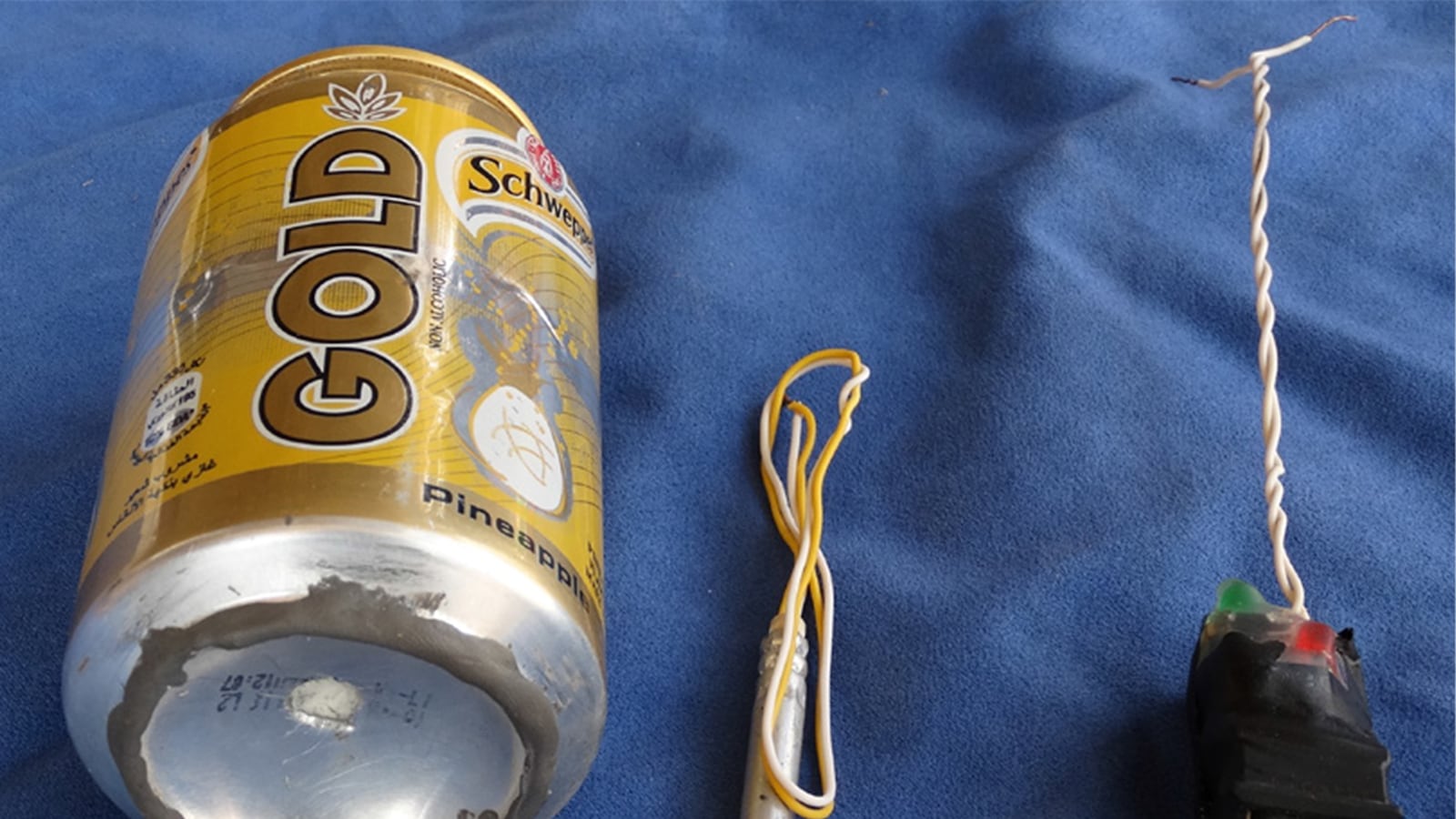A White House spokesperson said Wednesday that Russia’s Metrojet Flight 9268 was likely destroyed in a terrorist attack by the so-called Islamic State widely known as ISIS, the first such public statement on the matter by the Obama administration.
“While the Egyptian-led investigation has not officially concluded, we assess it is likely that this was an ISIL terrorist attack,” the spokesperson told The Daily Beast.
Previously, U.S. officials speaking anonymously to journalists had said that intelligence suggested the plane was felled by a bomb—but there has been little in the way of physical evidence to back up that conclusion.
U.S. analysts have had to rely largely on satellite imagery that showed a flash of intense heat at the time of the crash, over Egypt’s Sinai Peninsula, indicating a large explosion. Intercepted communications between two members of ISIS’s affiliate in the region, Wilayat al Sinai, said they were planning “something big in the area” but did not specify a time, target, or method.
But now, as the investigation into the crash that killed 224 people nears its fourth week, U.S. officials have effectively reached a consensus about the likely cause of the crash. The consensus comes a day after the Kremlin said a bomb brought down the jet and weeks after British Prime Minister David Cameron said it was “more likely than not” that ISIS was behind the crash. (Egypt, in charge of the investigation, maintains it is premature to reach a conclusion.)
The spokesperson didn’t specify what information had led the White House to its conclusion.
A separate U.S. official, speaking on background, also told The Daily Beast that an ISIS terrorist attack was likely behind the crash.
The White House spokesperson said that the government would continue enhanced security measures at airports that were announced by Homeland Security Secretary Jeh Johnson on Nov. 6. The U.S. government “will continue to work closely with partners to find the perpetrators of this terrorist attack and bring them to justice,” the spokesperson added.
Still unanswered, however, is how exactly the terror group pulled off such a brazen and deadly operation. A new ISIS photo purporting to show the very bomb it says was placed on the airplane has only deepened the mystery.
U.S. government intelligence analysts are examining the photo published Wednesday in ISIS’s online magazine, Dabiq, and are trying to determine what exactly it shows, an official told The Daily Beast. There was no indication that the photo is what led the U.S. government to conclude the jet was likely taken down by a bomb.
In general, U.S. officials pay close attention to what ISIS publishes in Dabiq, and the fact that the suspected bomb appears there may lend more credibility to the terror group’s claims that this is the device that brought down the Russian jetliner.
Explosives experts told The Daily Beast the photo appears to show some of the components of a real bomb: a metal rod with an attached wire is almost certainly a blasting cap, or primary explosive device meant to ignite a larger explosive. The larger explosive could be hiding in the can, which appears to show some kind of sealant around the bottom where the can might have been cut open to place explosives. The blasting cap would then be inserted into the can to detonate the explosive.
The final item seen is less conclusive of a bomb or one that blew up Russian jet.
It appears to show a simple switch, affixed with two LED lights (one red, one green), connected to two wires. This could be a manual triggering mechanism for the blasting cap.
But so far, the investigation has focused on a device equipped with a timer that was placed in the cargo hold of the airplane. Perhaps the timer is inside the switch, but there is no way to tell from the photo.
Absent a timer, the switch would have to be thrown by a person, which would mean ISIS not only smuggled a bomb onto the plane but a suicide bomber to detonate it as well. ISIS does not mention any supposed martyr for the operation in Dabiq.
Previously, a U.S. intelligence official had told The Daily Beast that the bomb was probably not taken onboard by a passenger. The working theory has been that it was placed in the cargo hold, or possibly next to a fuel line, and set to detonate after the plane had departed.
The photo raises at least two conflicting questions then.
One, if it really shows the bomb that brought down the Metrojet plane, then why didn’t ISIS make clearer how the device works, to back up its claims?
Two, why then would ISIS advertise the components of a device it managed to sneak past airport security? Wouldn’t that provide some clues about what to look for in follow-up attacks?
U.S. officials had no ready answers but were clearly asking those questions.
The text accompanying the photo in Dabiq provides few details on how the operation was executed.
“And so after having discovered a way to compromise the security at the Sharm el-Sheikh International Airport and resolving to bring down a plane belonging to a nation in the American-led Western coalition against the Islamic State, the target was changed to a Russian plane. A bomb was smuggled onto the airplane…”
The article also shows a photo of the wreckage, overlaid with three images of passports “belonging to dead crusaders obtained by the mujahideen.” The passports appear to be in pristine condition, and ISIS never explains how they could have obtained photos of the passports from the crash site. That suggests the photos were lifted from news coverage and included in the magazine piece after the fact.
That’s puzzling for an organization whose modus operandi is to extensively document, through video footage and social media, its various operations. (Think: beheadings.)
The photo supports another theory that officials have considered, that the bomb blew a hole in the aircraft that caused the plane essentially to rip apart in the air.
A former U.S. security official told The Daily Beast that he’d seen photos from the crash site that appeared to show shrapnel marks, indicating that an explosive device may have been used to blast a hole in the plane, which could lead to explosive depressurization that ripped apart the airplane in mid-air.





